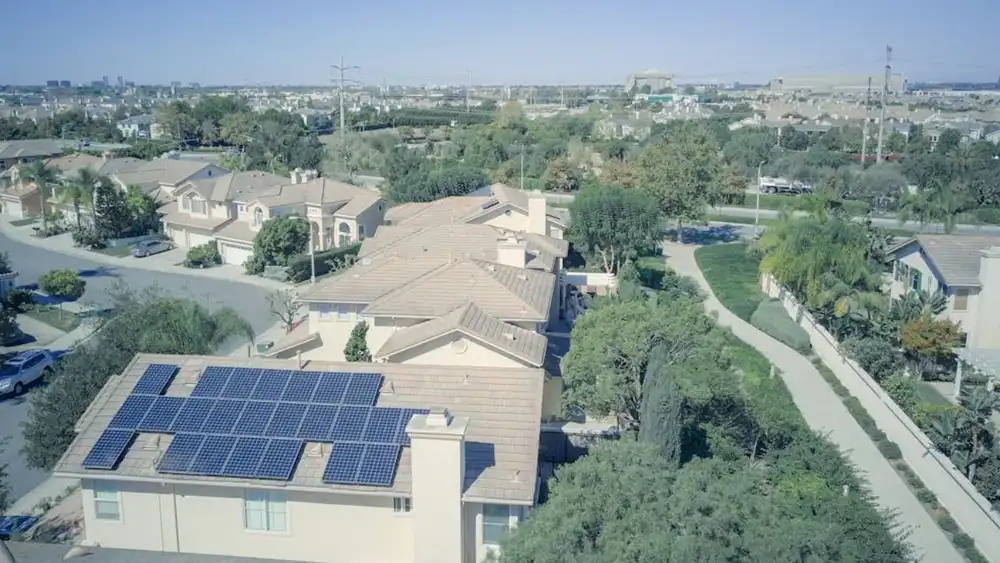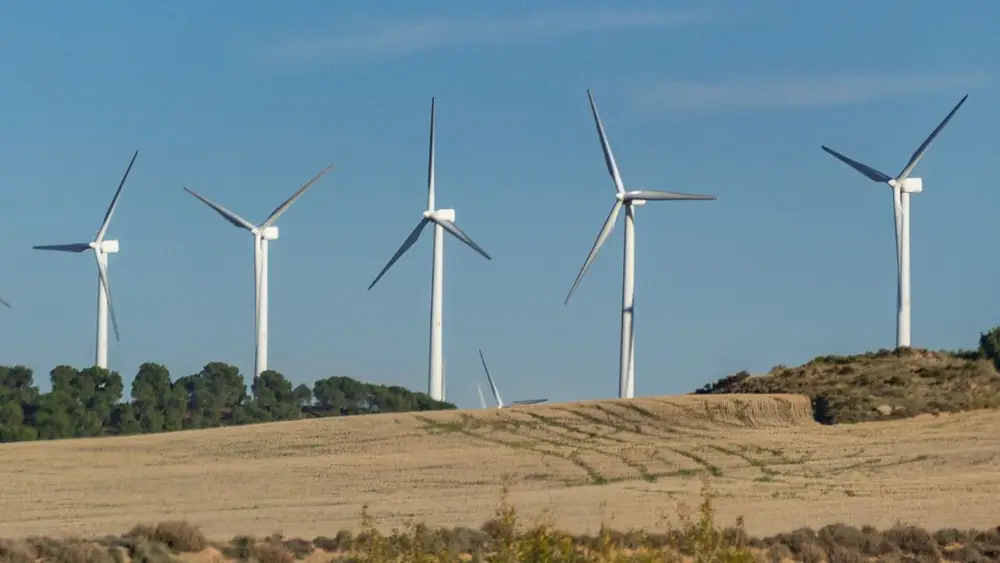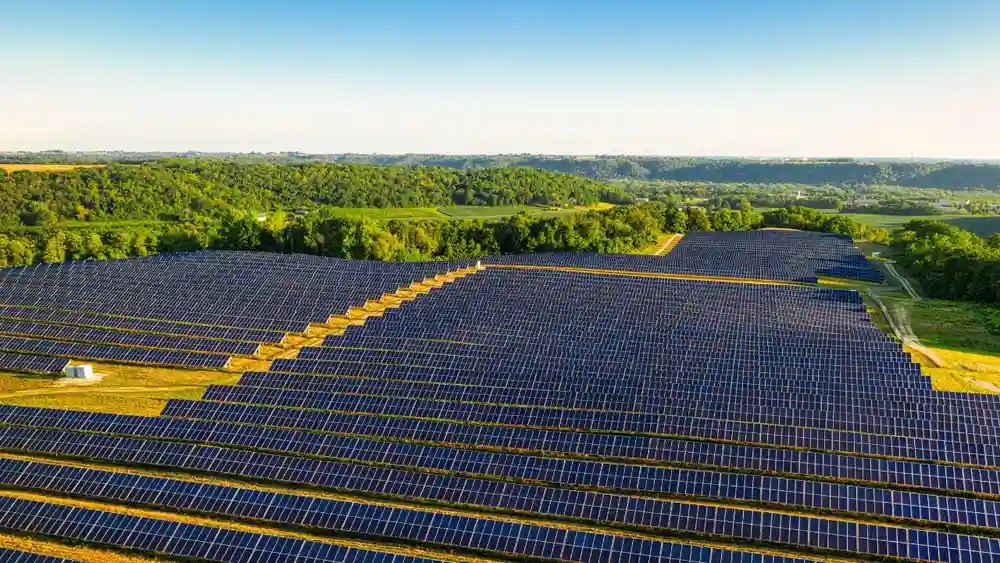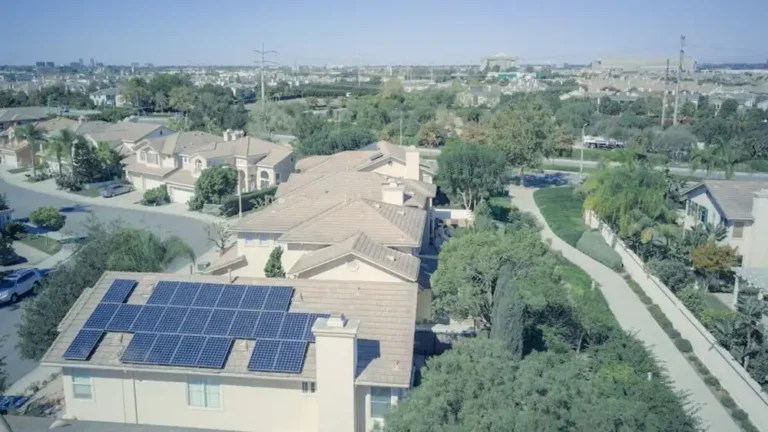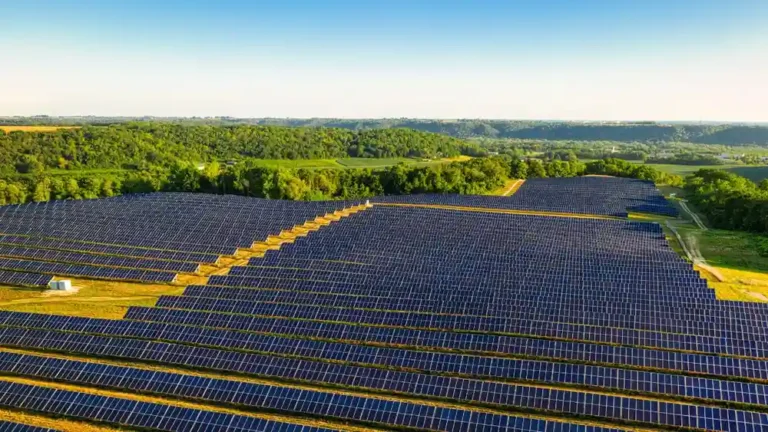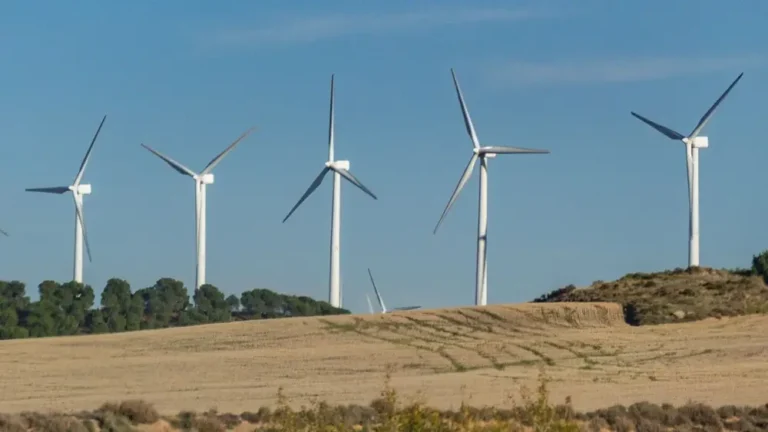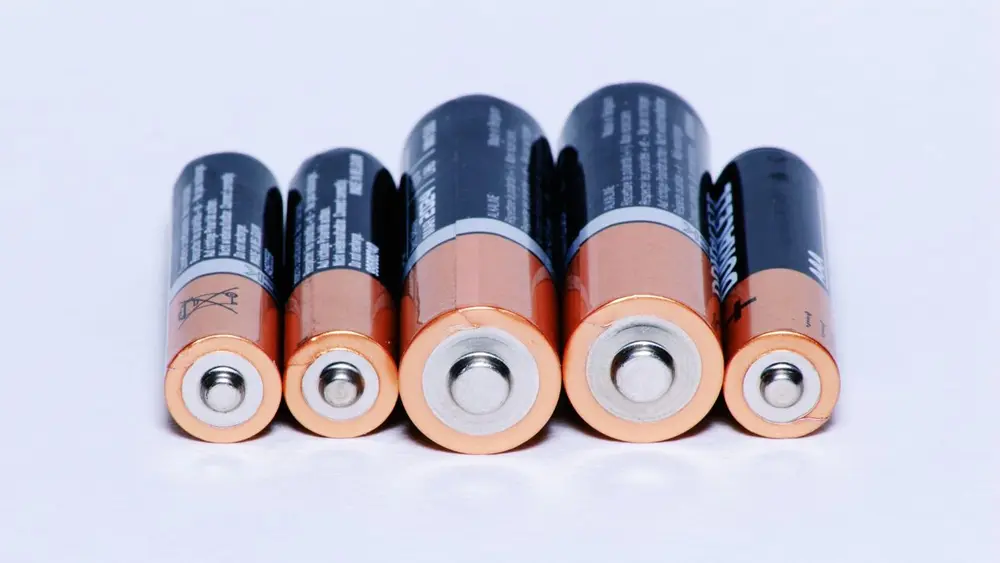
U.S. innovation in battery storage is soaring. It is set to become an even more integral player in the clean energy revolution, supporting renewable energy inclusions into the power grid while underpinning burgeoning electric vehicles.
There was significant growth in the installed capacity for battery storage in the United States since 2021 and estimates showed that there would have been an increase of about 89% by the end of 2024 should all the planned installations actually materialize.
Developers, it has been announced, would seek to add as much as over 30 GW of batteries to supply power by the end of 2024, outshining petroleum liquids, geothermal, and other alternate sources. This article will detail factors driving the rapid growth in battery storage within the United States, technology advancements, innovations, and challenges left for a true, sustainable future.
Growth in U.S. Battery Storage Capacity
This growth of the U.S. has experienced unprecedented growth in the form of battery storage capacity. Among the states with considerable installations of wind and solar power are California and Texas. California ranks the first, with 7.3 GW installed battery storage capacity, and Texas the second, at 3.2 GW. These have dominated the uptake of battery storage mainly due to a vast source of variable solar and wind energy sources necessitating an efficient solution towards a balanced supply and demand.
This is a storage technology using surplus energy generated during low-demand moments and when it peaks. In this regard, variability of the renewable sources does not affect the power system reliability and stability since battery storage technology is available.
The countrywide capacity of utility-scale batteries stands at close to 16 GW by year-end 2023; developers are looking to expand another 15 GW in the year 2024, and about 9 GW in 2025. If all these projects actually come online, the face of energy in the US will be changed in a near-future drastically.
Also read: The Rise of Solar Farms in Rural USA: Opportunities and Challenges

Advancements in Technology: Large-scale, High-performance Battery projects
The US is witnessing increasingly larger and more technologically sophisticated battery storage projects due to continuing demand for energy storage. Currently, the biggest operational battery in the country is Vistra Moss Landing in California, at 750 MW. There are a number of other big projects in the pipeline in Texas and California, with capacities ranging between 443 MW to 621 MW.
The other exciting development is on high-capacity lithium-ion batteries, which are likewise durable and energy-dense. For example, lithium-metal batteries, a variant on classic lithium-ion technology, promise far greater energy density than the currently used battery cells and, thus, may double up the power storage. This breakthrough would put in a cell phone for an entire week or take the electric car for 600 miles with just one charge compared with a present battery with its limit at 300 miles.
However, issues are still coming forward with the lithium-metal batteries, primarily with stability at which the dendrite forms, and enables the conditions of short-circuiting and potentially decreases the life span of the battery. Most scientists are experimenting to expand the architecture of the batteries and develop non-flammable materials for a stable position against these hazards.
Also read: Wind Energy’s Role in Transforming Rural America
Research on Sustainable Battery Materials
Due to more than 26 million expected electric vehicles by 2030 within the United States alone, the battery minerals and metals required will include lithium, cobalt, and graphite among others. As such, scientists have looked for substitute battery materials as well as new recycling methods to abate the environment degradation aspect associated with conventional lithium ion batteries.
Conventional extraction and processing of battery metals are associated with severe adverse effects on the environment. For example, large-scale lithium mining is carried out outside the country and causes damage to the environment and the health of the workers.
Cobalt mining in the Congo has been a problem for a long time because it has caused harm to the people and the labor system in that region. Newer materials such as ceramic-based storage solutions are being researched, and the technology used in recycling batteries is also being improved. These innovations strive for making the battery lifecycle more sustainable by reducing demand on virgin materials and lowering dependency on problematic supply chains.
Challenges and Solutions for the U.S. Energy Storage Sector
While rapidly developing, the U.S. will encounter many obstacles in scaling up domestic battery production to meet increasing future demand. The IRA recently incentivized American battery manufacturing. But underdevelopment of the U.S. domestic supply chain in battery materials will make it more challenging. The U.S. is on a potential supply shortage by as early as 2025 without some strategic moves in this direction, says the recent report by the Solar Energy Industries Association.
The IRA is promoting domestic production of critical components of batteries, including electrodes and battery cells, by providing tax credits, low-cost loans, and grants in order to compete with foreign manufacturers and ensure energy security. However, there are still barriers, such as a lack of sufficient workforce, reliable access to raw materials, and streamlined regulatory approval processes. American factories also face challenges in reaching production yields and signing long-term supply contracts.
Also read: Latest News on Energy Storage, Battery Technology
These require coordination on multiple fronts-from workforce training and skills development to state-level policy support for energy storage projects. California and Texas have made early investments in battery storage, but more comprehensive industrial policies are necessary to create a robust domestic battery supply chain.
Reimagining Battery Recycling and Disposal Practices
Developing effective practices on recycling and disposal is one of the critical steps toward building a sustainable future for energy storage. Today, less than 10% of spent batteries are recycled. As a result, landfills start to accumulate alarming amounts of toxic wastes. These batteries poison not only the environment but also contribute to flared fires.
The Global Battery Alliance, established in 2017, is working at a fast pace to lay down a sustainable battery supply chain that incorporates environmental and economic considerations, as well as social issues.
Toward this goal, GBA has created a “battery passport” idea to indicate the production history of each battery, with proof provided that sustainable practices were made throughout the supply chain, while some industry experts provide for “producer responsibility schemes,” where companies take in used batteries and recycle.
This closed-loop system would decrease the input of fresh materials, decrease waste, and ensure that the components of the battery were recycled instead of being sent to landfills.
Also read: Latest News on Solar Power, Sunlight Power Energy
Secondly, facilities for the processing and recycling of enormous quantities of battery waste should be established immediately. Such infrastructure is crucial in ensuring that the scale at which the technology of battery storage deployment increases with the demand.
The Role of Heat Storage as an Alternative Solution
Researchers are actively investigating the use of thermal energy storage as a lower-cost solution for grid-scale applications. For example, engineers at BU are designing ceramic-based materials that are able to store energy in the form of heat at over 1,200 degrees Celsius. This thermal storage could be used in industrial processes or converted back into electricity as needed.
Some of the advantages of heat storage technologies over the conventional battery are evident in the long-duration storage. In comparison with the lithium-ion battery, for example, the heat storage systems depend less on the rare minerals and can therefore be more sustainable and cheap in the long run. These technologies are still, however, under experimental conditions and will be expected to evolve further before being comparable to mainstream battery storage.
Conclusion: Shaping the Future of Battery Storage in the U.S.
More promising, the growth rate of the U.S. in the area of battery storage is significantly higher. As the country gradually moves away from fossil fuels, battery storage would play a crucial role in stabilizing the grid and supplementing renewable sources of energy, as well as wide adoption of EVs. The challenges of sustainability lie in supply chain logistics, sustainable design of the batteries themselves, and recycling.
Better battery materials and recycling alone, combined with supportive policies, could mean a robust American energy storage industry. However, to be sustainable, the battery storage sector will need long-term commitments to innovation, investment, and inter-industry collaboration.
By alternatively seeking technology, for example heat storage and responsible recycling practice, the U.S. would be placed in an admirable position toward building clean, resilient, and well-rounded energy storage for future applications.

